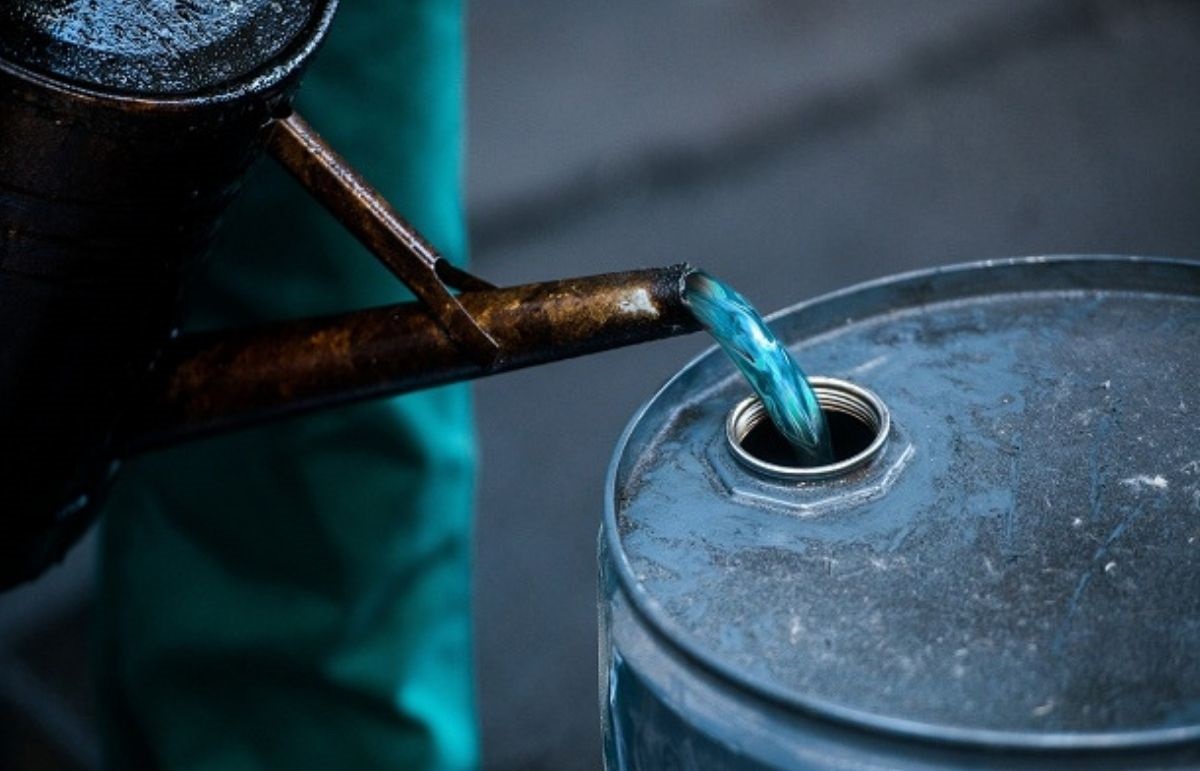

Articles
How To Store Kerosene
Modified: December 7, 2023
Discover the best way to store kerosene safely and efficiently. Read our informative articles and learn how to prevent leaks and maintain the quality of your fuel.
(Many of the links in this article redirect to a specific reviewed product. Your purchase of these products through affiliate links helps to generate commission for Storables.com, at no extra cost. Learn more)
Introduction
When it comes to emergency preparedness or using kerosene for outdoor activities, knowing how to store it properly is essential for your safety and the longevity of the fuel. Whether you are using kerosene for heating, lighting, or cooking, following the right storage practices can help prevent accidents and ensure that the fuel remains usable.
In this article, we will cover the key aspects of safely storing kerosene, including safety precautions, choosing the right container, storing kerosene indoors and outdoors, maintenance and inspection, as well as the proper disposal of unused kerosene.
Before we dive into the details, it’s important to note that kerosene is highly flammable and can be hazardous if mishandled or stored improperly. It’s crucial to handle it with caution and follow any local regulations or guidelines regarding its storage. Now let’s explore the steps for safe kerosene storage.
Key Takeaways:
- Prioritize safety by storing kerosene in well-ventilated areas, using approved containers, and keeping it away from heat sources to prevent accidents and ensure a reliable fuel source.
- When disposing of unused kerosene, follow local regulations, transfer it to designated containers, and consider recycling options to protect the environment and human health.
Read more: How To Store Kerosene Long-Term
Safety Precautions
When working with kerosene, prioritizing safety is paramount. Here are some essential safety precautions to keep in mind when storing kerosene:
- Store in a well-ventilated area: Kerosene should always be stored in a well-ventilated area, away from direct sunlight, open flames, or any ignition sources. Ensure that there is proper airflow to prevent the accumulation of fumes.
- Keep away from children and pets: Kerosene is toxic and can be harmful if ingested or inhaled. Store it in a secure location out of reach of children and pets to prevent accidental ingestion or exposure.
- Avoid storing near heat sources: Keep kerosene containers away from heat sources such as radiators, furnaces, or hot water heaters. Excessive heat can increase the pressure in the container, leading to potential leaks or even explosions.
- Use appropriate storage containers: It is crucial to use approved containers specifically designed for storing kerosene. These containers should be made of a non-reactive material such as steel or plastic, and have tight-fitting lids to prevent leakage or evaporation.
- Label containers: Clearly label the containers with the word “KEROSENE” to avoid confusion with other flammable liquids. This will help prevent accidental misuse or mixing of different fuels.
- Do not store near food or beverages: Kerosene should never be stored near food, beverages, or any consumable items. This prevents the risk of contamination and accidental ingestion.
- Keep fire safety equipment nearby: In the event of a fire or accident, it’s crucial to have fire extinguishers, fire blankets, and other appropriate fire safety equipment readily available near the storage area.
- Regularly inspect containers: Regularly inspect your kerosene containers for any signs of damage, corrosion, or leakage. If you notice any issues, replace the container immediately to prevent any accidents or fuel loss.
By following these safety precautions, you can mitigate the risks associated with storing kerosene and ensure a safer environment for you and those around you.
Choosing the Right Container
When it comes to storing kerosene, selecting the appropriate container plays a crucial role in ensuring the safety and quality of the fuel. Here are some factors to consider when choosing the right container:
- Material: The material of the container is important as it determines its durability and resistance to corrosion. Opt for containers made of non-reactive materials like steel or plastic, as they are less likely to deteriorate over time and contaminate the fuel.
- Size: Consider the amount of kerosene you intend to store and choose a container size accordingly. It’s recommended to store only what you need to minimize the risk of long-term storage and degradation of the fuel.
- Tight-fitting lid: Ensure that the container has a secure and tight-fitting lid to prevent leakage and the entry of moisture or contaminants. This helps maintain the quality of the kerosene and minimizes the risk of spills or accidents.
- Transparent level indicator: Some containers come with built-in level indicators, allowing you to easily monitor the amount of kerosene inside. This helps you keep track of your fuel supply and plan accordingly.
- Approved for kerosene storage: Look for containers that are specifically approved for storing kerosene. These containers are designed to meet safety standards and are more reliable for storing a flammable liquid like kerosene.
- Easy pouring and transport: Consider containers with sturdy handles and an ergonomic design for easy pouring and transport. This can help minimize the risk of spills and strain during the handling of the kerosene.
Remember to check local regulations or guidelines to ensure compliance with any specific requirements for storing kerosene. It’s important to prioritize safety and choose a container that meets all the necessary criteria to maintain the integrity and usability of the fuel.
Storing Kerosene Indoors
When storing kerosene indoors, it’s crucial to follow proper guidelines to minimize the risk of accidents and ensure the longevity of the fuel. Here are some essential tips for storing kerosene safely indoors:
- Select a cool and well-ventilated area: Choose a designated storage area that is cool, dry, and well-ventilated. This helps prevent the build-up of fumes and reduces the risk of fire or explosion.
- Avoid direct sunlight and heat sources: Store the kerosene away from direct sunlight and any heat sources, such as radiators or heating vents. Exposure to excessive heat can accelerate the evaporation process and potentially increase the pressure in the container.
- Keep away from living spaces: It’s important to store kerosene away from living spaces, such as bedrooms or living rooms, to minimize the risk of accidental exposure or inhalation of fumes. Ideally, choose a storage area in a garage, shed, or well-ventilated utility room.
- Ensure proper labeling: Clearly label the storage container with the word “KEROSENE” to avoid any confusion or accidental misuse of the fuel. This helps maintain safety and prevents the mixing of different types of flammable liquids.
- Keep away from electrical equipment: Avoid storing kerosene near electrical equipment or outlets to minimize the risk of sparks or electrical fires. Maintaining distance between the fuel and any electrical sources is crucial for safety.
- Implement a secondary containment system: Consider using secondary containment measures, such as trays or spill containment kits, to catch any potential leaks or spills from the kerosene container. This helps prevent the fuel from spreading and causing further damage.
- Regularly check for leaks: Regularly inspect the kerosene container for any signs of leakage or damage. If you notice any leaks, transfer the fuel to a new container immediately, following proper safety protocols.
Remember, it’s essential to familiarize yourself with local regulations and guidelines for storing kerosene indoors. Adhering to these guidelines will help ensure the safety of your living space and the proper storage of the fuel.
Store kerosene in a cool, well-ventilated area away from direct sunlight and sources of heat or flame. Use only approved containers and keep them tightly sealed to prevent evaporation.
Storing Kerosene Outdoors
Storing kerosene outdoors requires additional precautions to protect the fuel from the elements and ensure its longevity. Here are some important tips for storing kerosene safely in an outdoor setting:
- Choose a suitable outdoor location: Select a well-ventilated outdoor location that is away from any ignition sources, open flames, or areas prone to excessive heat. Avoid storing the kerosene near any flammable materials or structures.
- Use a dedicated storage shed or cabinet: Consider using a dedicated storage shed or cabinet specifically designed for storing flammable liquids like kerosene. These structures are built to provide extra protection and containment in case of leaks or spills.
- Protect from direct sunlight: Exposure to direct sunlight can accelerate the degradation of kerosene and potentially cause evaporation. Ensure that the storage container is kept in a shaded area to minimize the impact of sunlight.
- Shield from extreme temperature changes: Extreme temperature changes can affect the quality and stability of kerosene. It’s important to choose a storage location that offers some insulation and protection against rapid temperature fluctuations.
- Place on a stable surface: Ensure that the kerosene container is placed on a stable and level surface to prevent any accidental tipping or spilling. This will minimize the risk of leaks and improve overall safety.
- Maintain a secondary containment system: Implement a secondary containment system, such as a spill tray or containment basin, to contain any potential leaks or spills from the kerosene container. This helps prevent the fuel from entering the soil or water sources.
- Regularly inspect and maintain the storage container: Regularly check the storage container for any signs of damage, corrosion, or leakage. If you notice any issues, replace the container promptly to prevent any accidents or fuel loss.
Always adhere to any local regulations or guidelines for outdoor storage of kerosene. Following these guidelines will help ensure the safety of the outdoor environment, prevent any environmental contamination, and maintain the usability of the fuel.
Read more: How To Use A Kerosene Lamp
Maintenance and Inspection
Maintaining and inspecting your kerosene storage setup is crucial for ensuring its safety and effectiveness. Regular maintenance and thorough inspections can help identify and address any issues before they escalate. Here are some important maintenance and inspection practices to follow:
- Regularly check for leaks: Inspect your kerosene storage container regularly for any signs of leakage. This includes checking the container itself, as well as the fittings, seals, and valves. If you detect any leaks, address them immediately by transferring the fuel to a new container and disposing of the damaged one properly.
- Monitor fuel quality: Regularly check the quality of the kerosene stored in your container. Look for any signs of contamination, such as water, dirt, or sediment. If you detect any impurities, filter the fuel or consider disposing of it if the contamination is significant.
- Ensure proper ventilation: Check the ventilation system in your storage area to ensure proper airflow. Make sure vents are free from obstructions and functioning effectively to prevent the buildup of fumes or gas.
- Inspect storage area for hazards: Regularly inspect the storage area for any potential hazards, such as flammable materials or sources of ignition. Clear away any clutter or debris that could pose a risk to the safety of the kerosene storage setup.
- Replace containers when needed: Over time, containers may deteriorate or become damaged. Replace containers that show signs of wear, corrosion, or damage to prevent leaks or other safety issues.
- Follow a regular maintenance schedule: Develop a maintenance schedule to ensure consistent inspection and upkeep of your kerosene storage setup. Assign specific tasks and set reminders to ensure that regular maintenance is carried out.
- Stay updated on safety regulations: Stay informed about any safety regulations or guidelines related to kerosene storage. Keep up-to-date with any changes or recommendations from local authorities or relevant governing bodies to ensure compliance and safety.
By implementing regular maintenance and inspection procedures, you can mitigate potential risks, maintain the integrity of your kerosene storage setup, and ensure a safe and reliable fuel source for your needs.
Disposal of Unused Kerosene
Proper disposal of unused kerosene is essential to ensure environmental safety and prevent contamination. If you have leftover or expired kerosene that you no longer need, follow these guidelines for its safe disposal:
- Contact your local hazardous waste center: Check with your local municipality or hazardous waste center for guidance on proper kerosene disposal in your area. They can provide you with specific instructions and any restrictions related to disposing of kerosene.
- Do not pour down drains or toilets: Never dispose of kerosene by pouring it down drains, sinks, or toilets. Kerosene can pollute water sources and harm the environment. Avoid any direct contact with sewage systems.
- Transfer to a suitable container for disposal: Transfer the unused kerosene to a sturdy, leak-proof container specifically designed for hazardous waste disposal. Ensure the container is properly labeled to indicate its contents.
- Take to a designated collection point: Many municipalities have designated collection points or hazardous waste disposal sites where you can drop off your unused kerosene. Follow the instructions provided by your local authorities for proper disposal procedures.
- Never mix with other substances: Do not mix kerosene with any other liquids or substances. Mixing different chemicals can be dangerous and may result in hazardous reactions. Keep the kerosene separate during the disposal process.
- Dispose of the container properly: Once the kerosene is transferred to a designated disposal container, ensure that the container is sealed tightly. Follow local regulations or guidelines for disposing of the container, as it may also be considered hazardous waste.
- Consider recycling options: Some recycling centers or facilities may accept kerosene for recycling purposes. Check with local recycling centers to inquire about any specific requirements or procedures for recycling unused kerosene.
Remember, improper disposal of kerosene can have harmful effects on the environment and potentially pose risks to human health. By following the proper disposal procedures outlined by your local authorities, you can help protect the environment and ensure the safe management of hazardous waste.
Conclusion
Properly storing kerosene is crucial for your safety and the preservation of the fuel’s quality. By following the safety precautions, choosing the right containers, and implementing proper storage techniques, you can ensure that kerosene remains a reliable and usable fuel source.
Whether you store kerosene indoors or outdoors, it is vital to prioritize safety by keeping it away from ignition sources, direct sunlight, and extreme heat. Proper ventilation and regular inspections are essential to maintain the integrity of the fuel and mitigate any potential risks.
When it comes to disposing of unused kerosene, it is important to follow local regulations and guidelines. Contact your local hazardous waste center to ensure proper disposal and prevent any environmental contamination.
Remember, kerosene is a flammable and potentially hazardous substance. It is crucial to handle it with caution, follow safety guidelines, and stay up-to-date with any relevant regulations. The information shared in this article serves as a guide to help you store kerosene safely and responsibly.
By implementing the best practices discussed in this article, you can ensure the longevity of your kerosene supply and have peace of mind knowing that you have taken the necessary steps to protect yourself, your property, and the environment.
Frequently Asked Questions about How To Store Kerosene
Was this page helpful?
At Storables.com, we guarantee accurate and reliable information. Our content, validated by Expert Board Contributors, is crafted following stringent Editorial Policies. We're committed to providing you with well-researched, expert-backed insights for all your informational needs.
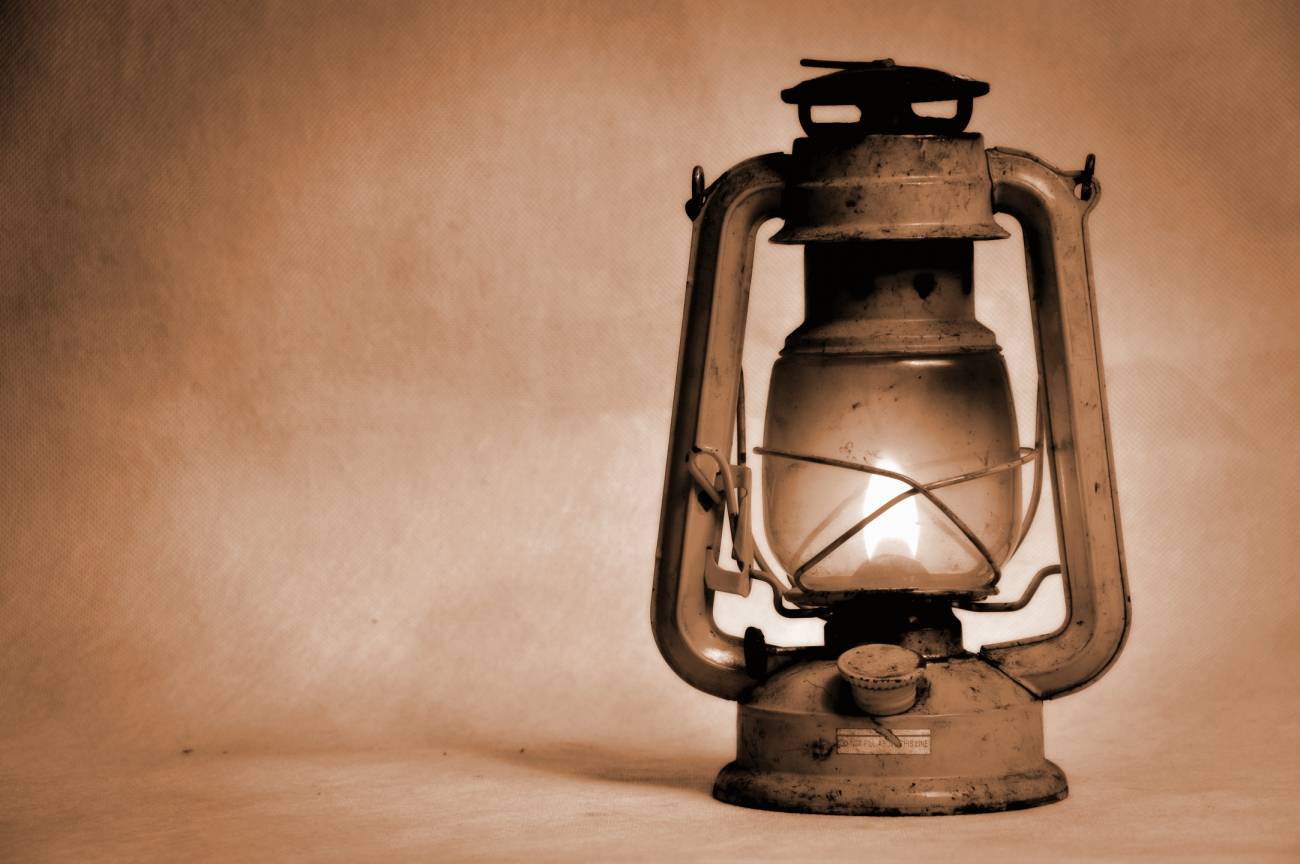
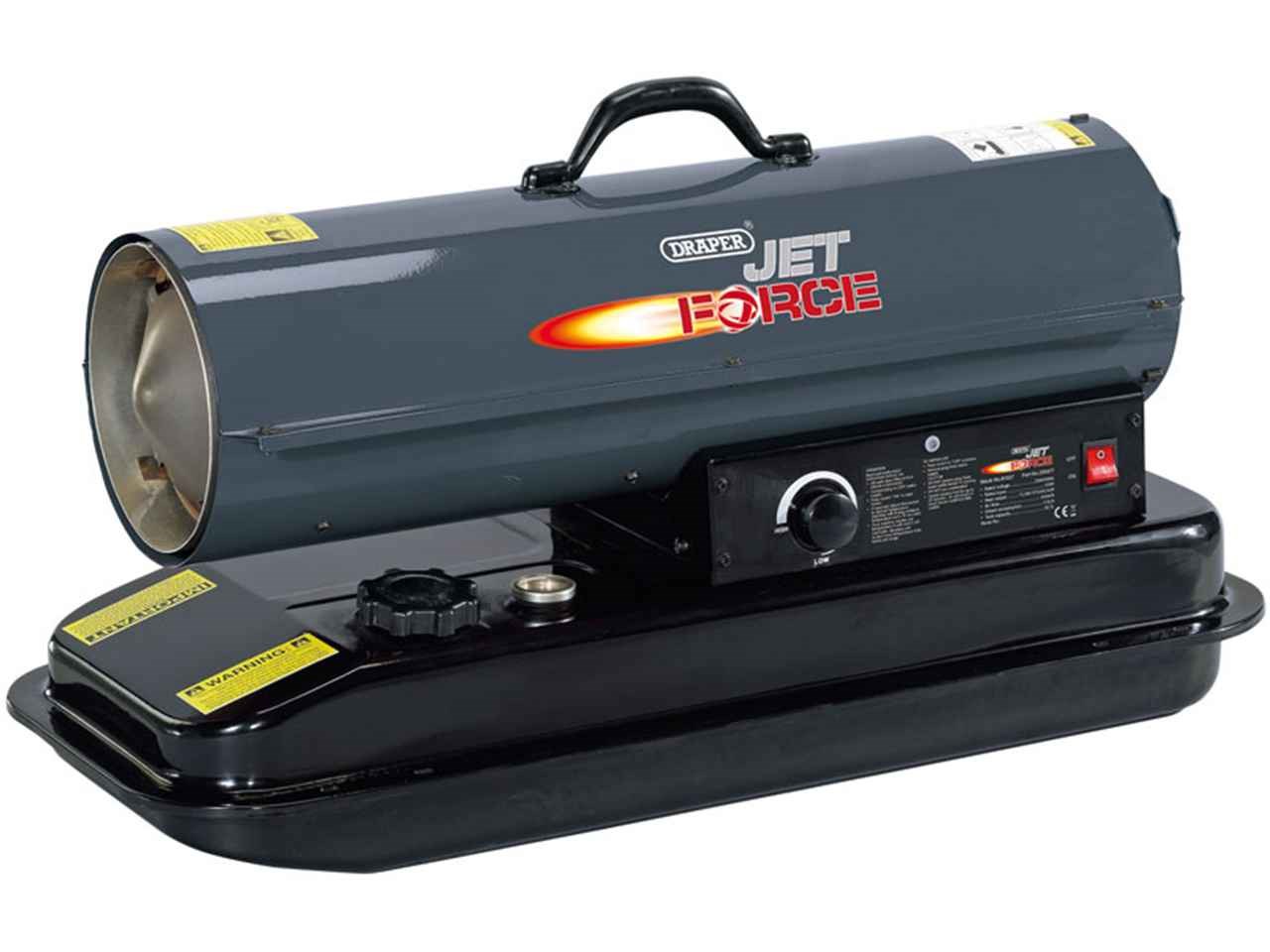







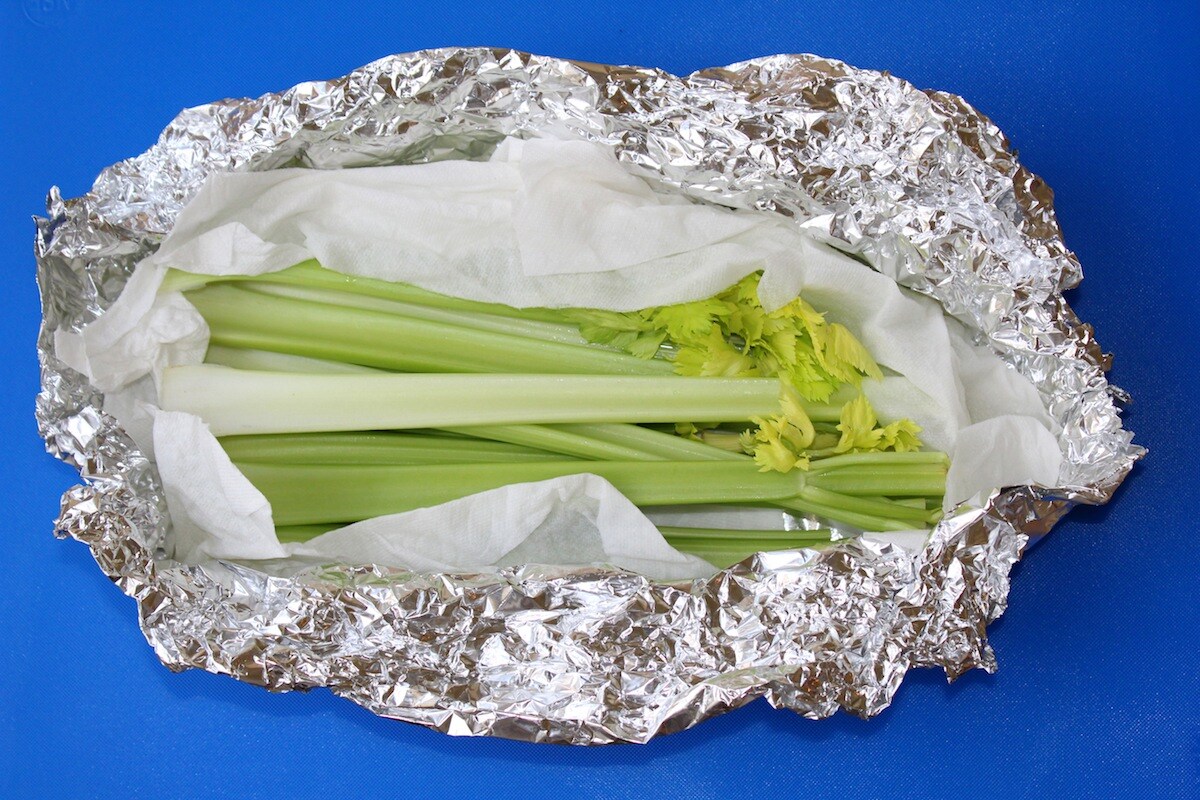

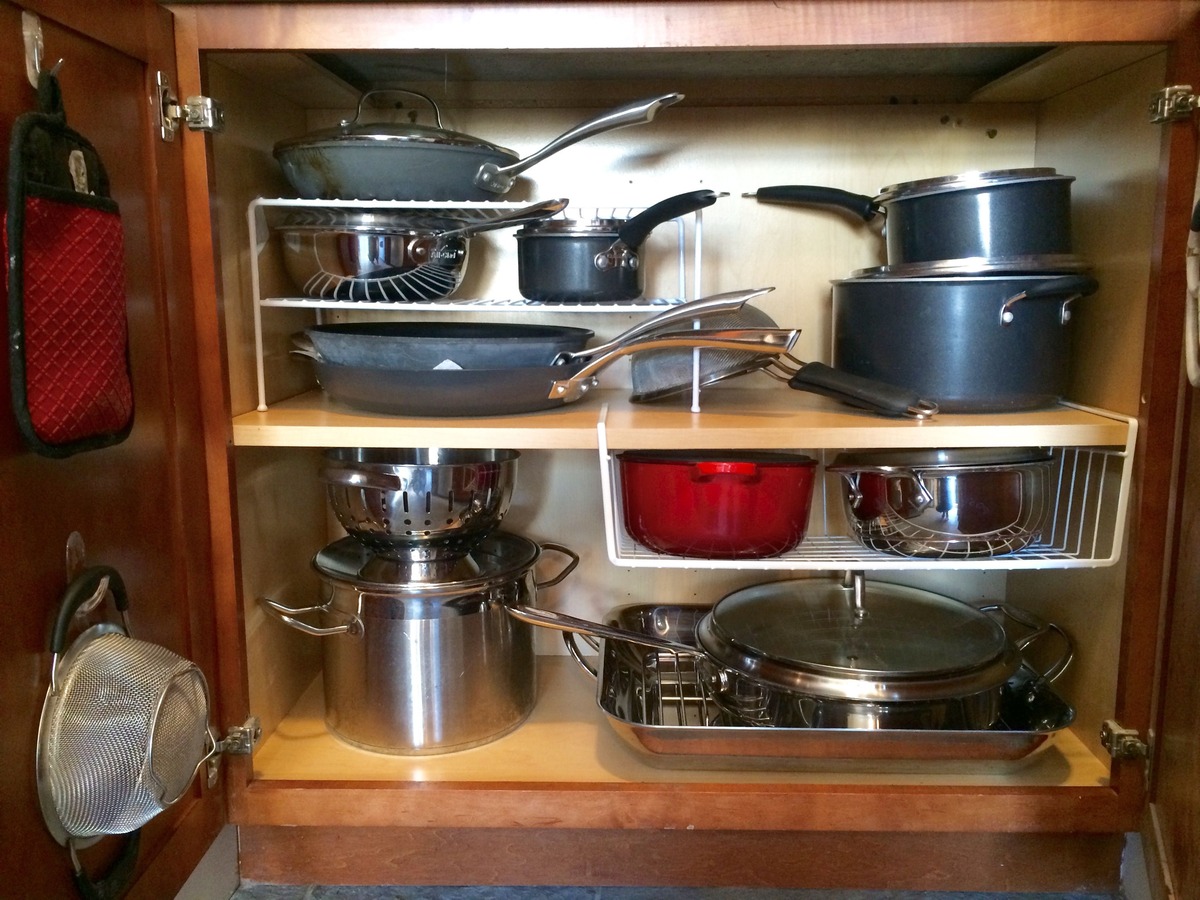
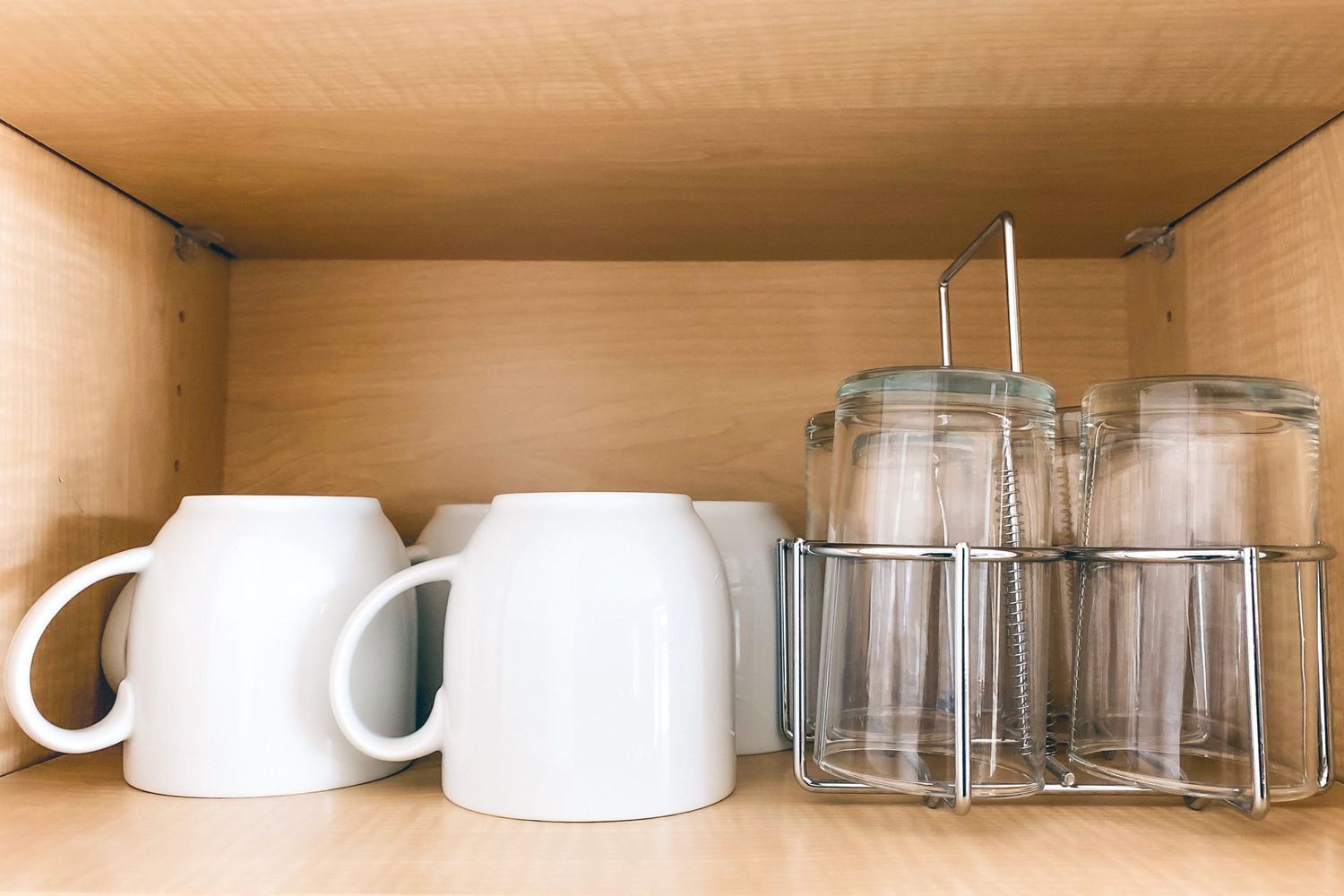


0 thoughts on “How To Store Kerosene”